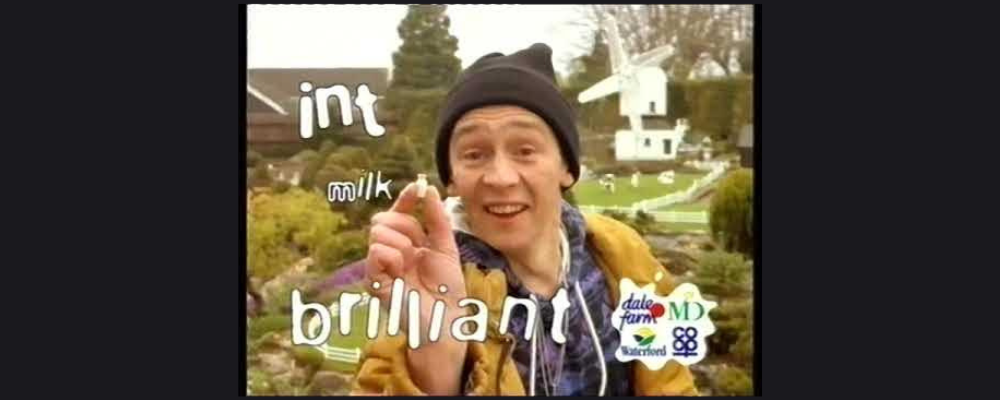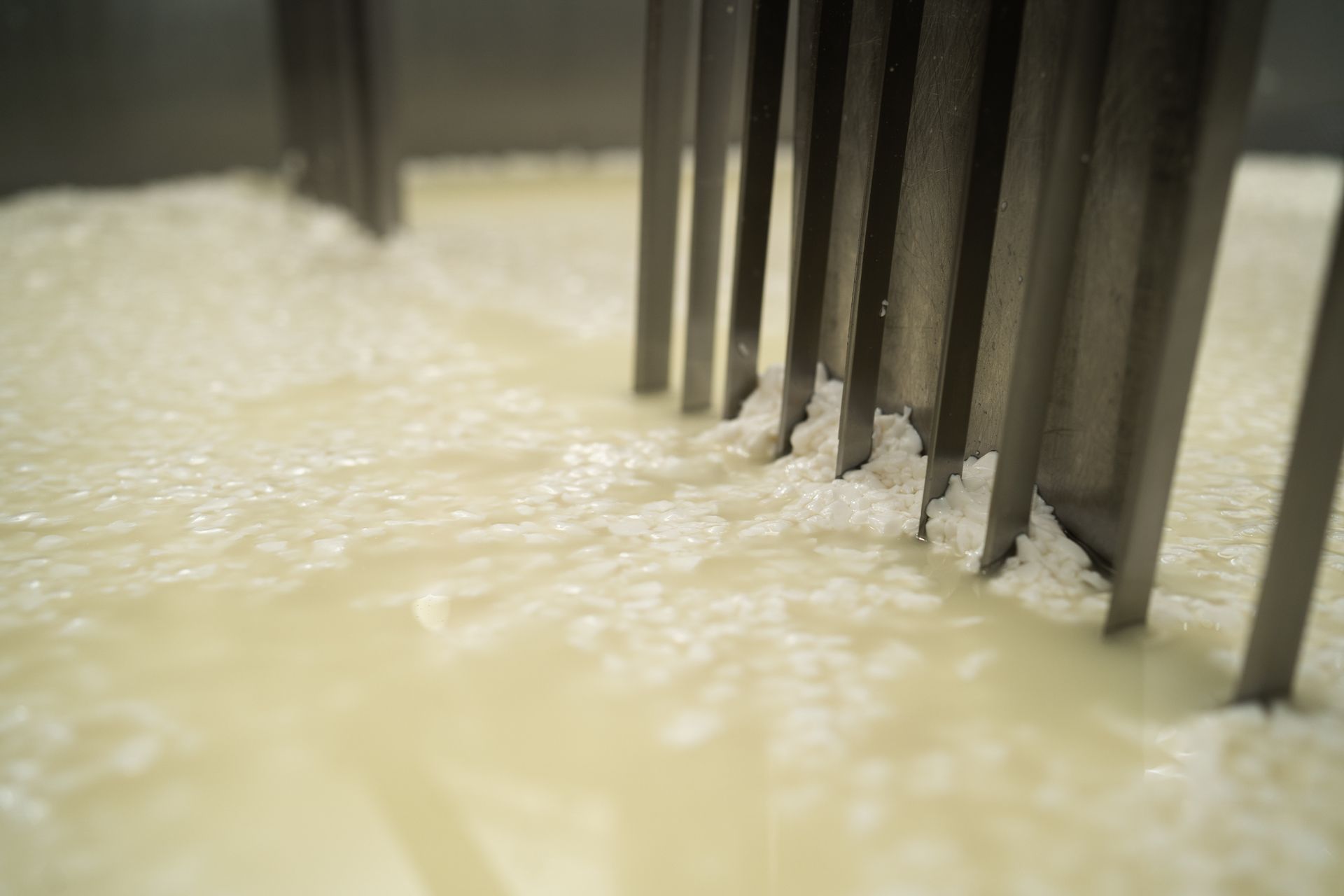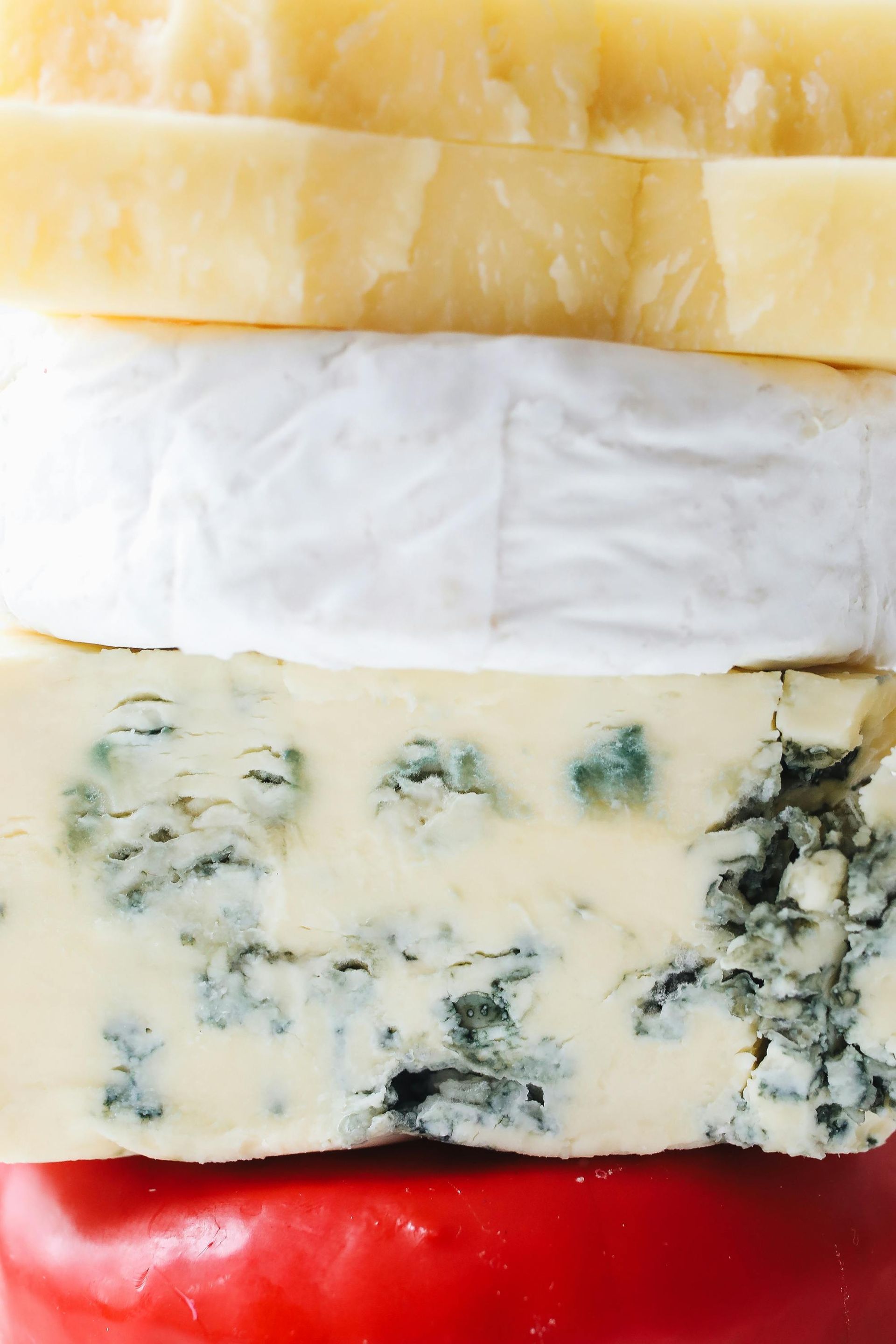'Int Milk Brilliant' - and still today
Marking World Milk Day 2025 with a look at the people, the potential, and the most iconic campaigns behind one of the world's most powerful products
Some adverts fade. A few become folklore.
In the UK, it was Paul Whitehouse in the mid-'90s, bottle in hand, declaring with understated pride: "Int milk brilliant?

Or the schoolboy from the 1989 campaign, unimpressed by
Accrington Stanley until he hears it's who Ian Rush played for — and that he
got there by drinking milk.

Britain isn't the only country where milk transcended its status as a mere drink. Across the Atlantic, another cultural juggernaut emerged: the "Got Milk?" campaign and its iconic Milk Mustache series. Launched in 1993 by the California Milk Processor Board and later adopted nationwide, it ran for over 20 years, generating over 350 ads featuring celebrities from Beyoncé and Serena Williams to Batman and Superman — all sporting that distinctive creamy white mustache. The campaign increased California milk sales by 7% in its first year alone and became so embedded in American culture that the phrase "Got Milk?" entered the national lexicon.
These campaigns didn't just sell product. They gave milk a voice — and made us stop and think about what was already in our fridges.
So, on World Milk Day 2025, we're raising a glass not just to milk itself — but to its enduring message and impact.

Beyond the Bottle: A Sector Built on Consistency and Change
Let's strip it back.
Milk doesn't often shout for attention. Yet behind every pint stands a supply chain built on precision, passion and perseverance.
The UK dairy industry contributes over £4.5 billion to the economy and supports 70,000+ jobs, from family farms to multinational processors. Globally, the numbers are even more impressive — the dairy market reached $827.4 billion in 2023, with projections showing growth to $1.1 trillion by 2030. In developing economies like India, the world's largest milk producer at 209.96 million tonnes annually, dairy provides livelihoods for more than 80 million rural households.
But milk isn't just surviving. It's evolving.
Precision dairy farming in the Netherlands has reduced water usage by 30% over the last decade. Arla Foods' carbon net-zero initiative has already decreased emissions by 24% since 2015. New Zealand's Fonterra has pioneered methane-reducing feed supplements that cut emissions by up to 30% without affecting milk production.
Meanwhile, consumer trust remains solid. In the UK, 98% of households purchase milk regularly, with whole milk seeing a 5.7% sales increase in 2024 compared to 2023. The premium milk segment — including grass-fed, A2, and locally-sourced options — has grown 12% year-on-year.
In short: Milk is still relevant. It just doesn't always shout about it.
What Brilliant Really Means in 2025
Let's revisit the word.
Brilliant isn't about being loud. It's about being essential. About showing up, day in, day out.
It's the nutrition that supports growing kids, ageing bones, and active lifestyles — with each pint providing 8 grams of protein, 30% of daily calcium needs, and vitamins B12, B2, and A.
It's the provenance that ties rural communities to national food security, with UK dairy farms supporting 13,000 ancillary businesses in rural areas.
It's the people — the early mornings, the night shifts, the constant care.
And it's the adaptability — meeting new consumer needs while maintaining the core of what makes milk matter. Consider how the lactose-free milk market has grown 18% annually since 2020, or how high-protein dairy products now command a £267 million market in the UK alone.
Those old ads got it right, each in their own way. Paul Whitehouse made us smile. The Accrington Stanley boy made us remember. The Got Milk? campaign made us look again.
Each campaign tapped into a simple truth: milk does more than it gets credit for.
A Global Celebration — and a Shared Responsibility
World Milk Day reminds us that this isn't just a British story. It's global.
From Kenya to Kansas, Ireland to India, dairy plays a crucial role in food security and rural resilience. In East Africa, dairy cooperatives have increased smallholder farmer incomes by 27% since 2018. In the US, school milk programs serve 30 million children daily. In China, growing dairy consumption has increased calcium intake by 42% among urban children since 2010.
But the industry faces significant challenges:
- Climate volatility affecting both feed quality and animal welfare
- Price fluctuations that saw UK farmers receiving between 25p and 46p per liter in the last 24 months
- Production costs rising 19% since 2020
- Changing consumer habits with the average British consumer drinking 50% less milk than in 1974
This is more than a marketing moment. It's a chance to reflect, advocate, and act.
So, Is Milk Still Brilliant?
Yes. For all the reasons above. And because it continues to mean something.
To farmers. To families. To athletes. To the hundreds of millions who rely on it as more than just a commodity.
And to a new generation of food professionals - who now have the opportunity to build new campaigns, forge stronger connections, and carry milk's message forward.
Raising a Glass to the Work Still Ahead
So here's to the classics: "Int Milk Brilliant." "Accrington Stanley? Who are they?" "Got Milk?"
And here's to what comes next.
Let's keep telling the story. Let's keep challenging perceptions. Let's keep investing in the practices that ensure milk remains not just brilliant - but indispensable.
Because milk isn't just part of our past. It's part of our future.



